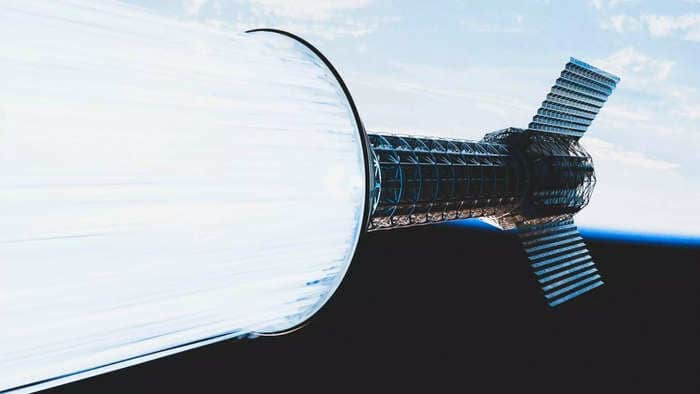
2-month Mars trip? NASA's experimental rocket might make it possible
What's the story
NASA has allocated $725,000 toward the development of a new propulsion system, the Pulsed Plasma Rocket (PPR), with the goal of significantly reducing travel time to Mars.
The current round-trip journey to Mars using existing technology takes nearly two years, posing serious health risks to astronauts.
They would be exposed to extreme levels of solar and cosmic radiation, detrimental effects of zero gravity, and prolonged periods of isolation.
A PPR-powered rocket could shorten the round trip to just two months.
Risks
What are the health risks of extended space travel?
NASA reports that astronauts who spend just six months in space are exposed to the equivalent radiation of 1,000 chest X-rays.
This exposure increases their risk of cancer, nervous system damage, bone loss, and heart disease.
Therefore, shortening the length of the trip is the most effective way to mitigate radiation exposure and several other harmful health risks.
Development
A new era of space travel incoming?
The PPR is a propulsion system that uses pulses of superheated plasma in order to generate thrust efficiently.
It is heading to its second phase of development, which is scheduled to begin this month.
This phase, funded by the NASA Innovative Advanced Concepts (NIAC) Program, aims to optimize the engine design, conduct proof-of-concept experiments, and develop a shielded spaceship powered by PPR for human missions to Mars.
Performance
PPR's high thrust and impulse promises faster round trip
The primary benefit of PPR is its capability to propel a spacecraft at exceptionally high speeds.
It boasts both high thrust and high specific impulse, which measures how quickly a rocket engine generates thrust. Thrust itself is the force propelling the spacecraft forward.
The PPR can generate 10,000 newtons of thrust at a specific impulse of 5,000 seconds.
This means that a spacecraft equipped with PPR, and ferrying four to six passengers could potentially travel at approximately 1,60,934km/h.
Future
Mars landing and future prospects
Despite the impressive speed, a spacecraft would need to significantly slow down to land on Mars.
Troy Howe, President of Howe Industries, told Business Insider that they have considered the additional energy and propellant required for landing.
Although the PPR is still in its second phase of development, it could be about two decades before it's ready for Mars missions.
Once operational, this technology could potentially expand human space exploration range, even aiding missions to Pluto.